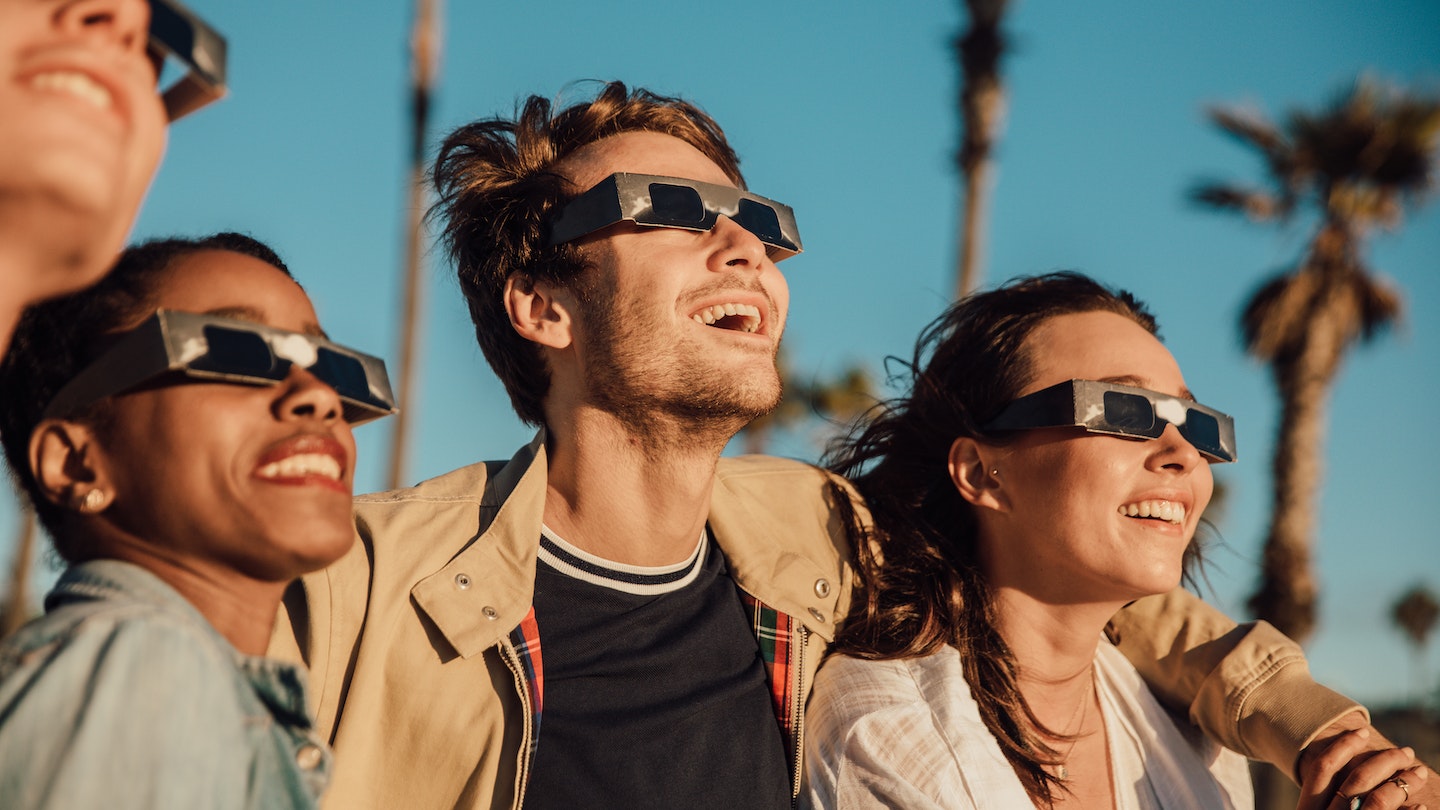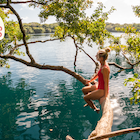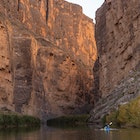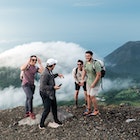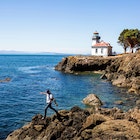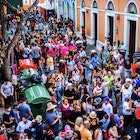When I asked my daughter what she wanted to get her dad for Christmas, without pause, she answered, “A camping trip.” A million thoughts went through my head: I’m so proud, that’s so sweet, she’s such an adventurer, she values experiences over things but, also, now I have to plan a camping trip.
Where should we go? And most importantly for a busy mom, when? Then I remembered this app a friend turned me onto, Hipcamp – it's like the Airbnb of amazing camping trips. Imagine my total and utter joy to see on Hipcamp’s home page a map with the eclipse path of totality for 2024 and all the places it would be visible across Canada, Mexico and the US.
I was psyched. Not only did this one detail solve my “where” problem, but it also solved my “when.” I immediately remembered the numinous, magical experience of the 2017 eclipse, when we gathered in a park with our friends to witness the spectacle. The temperature dropped at least 5°F. The night bugs started singing. Stars began to appear in the sky. It was eerie and beautiful and I want to do it again. Furthermore, after this year, the next time you’ll be able to see the total eclipse in the contiguous United States will be 2044, and my daughter will be 30. Better do it now!
So I started asking all the experts in our very well-traveled office and beyond – where in this path of totality would you want to plan a trip? Here's what I found out.
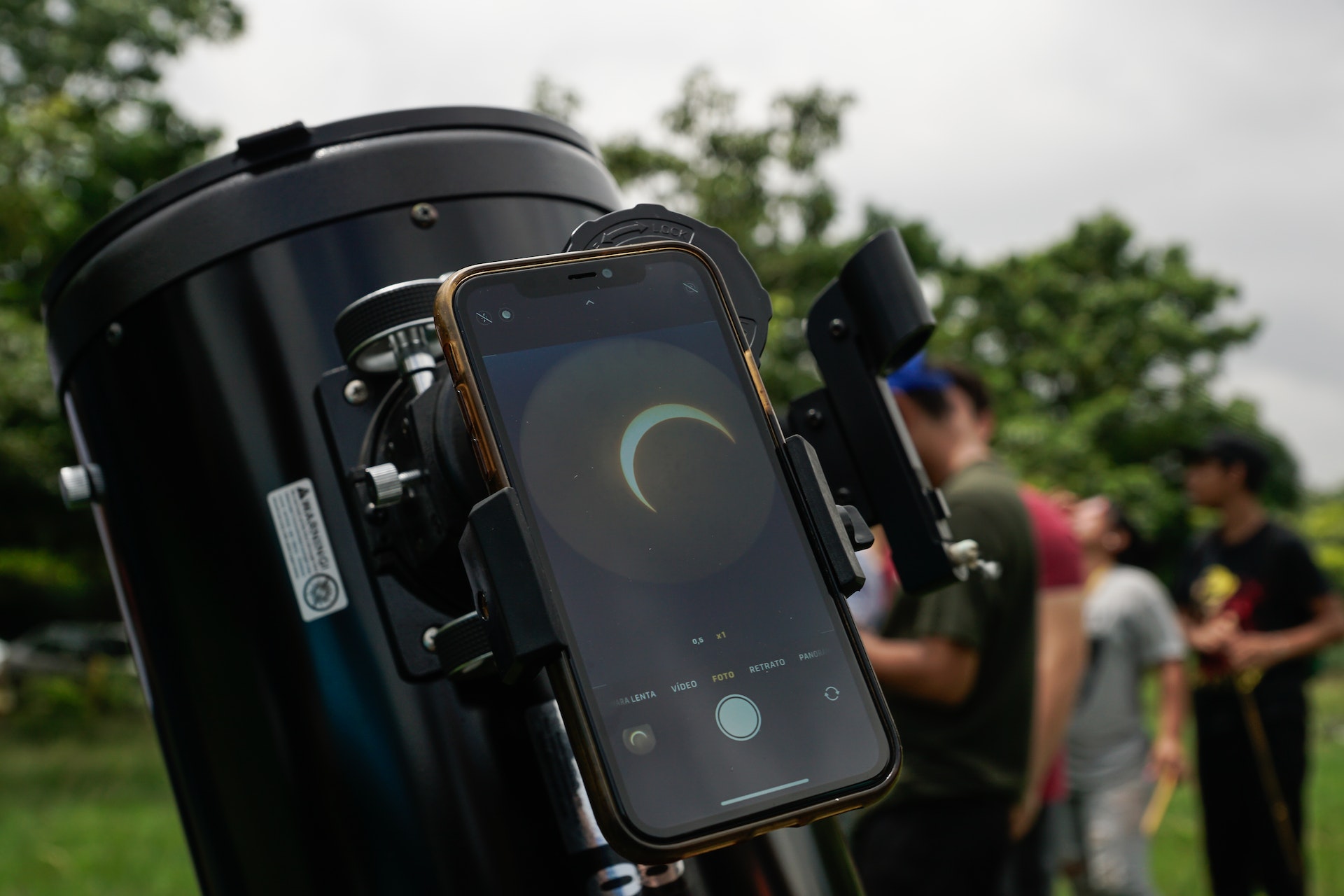
What to consider when deciding on a location
I knew I should consult the experts, so I asked Robyn Higdon from the Exploratorium in San Francisco to help me determine the best place to see the eclipse. Higdon is a senior project director and executive producer and for the last 20 years she’s been helping NASA and the museum plan online solar eclipse broadcasts. The two entities have four different broadcasts you can watch in English or Spanish. Robyn loves this part of her job. She is a total eclipse nerd.
"There are very few things that compete with the wonder and awe of an eclipse," says Robyn. "Which leads to amazing questions, which is what we love here at the Exploratorium."
Robyn told me that when she starts planning where they are going to take their telescopes, she starts with the weather.
Specifically, she starts with Jay Anderson and his website Eclipsophile; Anderson takes 100 years of data within the path of totality and uses it to make predictions about where will have the best possibility for the clearest sky. There are a number of places that look they could have fairly decent weather, and this year, Higdon is setting up camps in Torreon, Mexico, and Junction City, Texas.
The second thing to consider: the path of totality band. Towards the outer edges of the band you may only see the eclipse for a few seconds, but towards the center, it lasts up to four minutes.
Finally, when looking for a place to camp or watch the event, opt for wide open fields with big sky views and a place where you can see the horizon. I wasn’t able to see this on my 2017 viewing, but the horizon turns an amazing shade of pink, like a sunset.
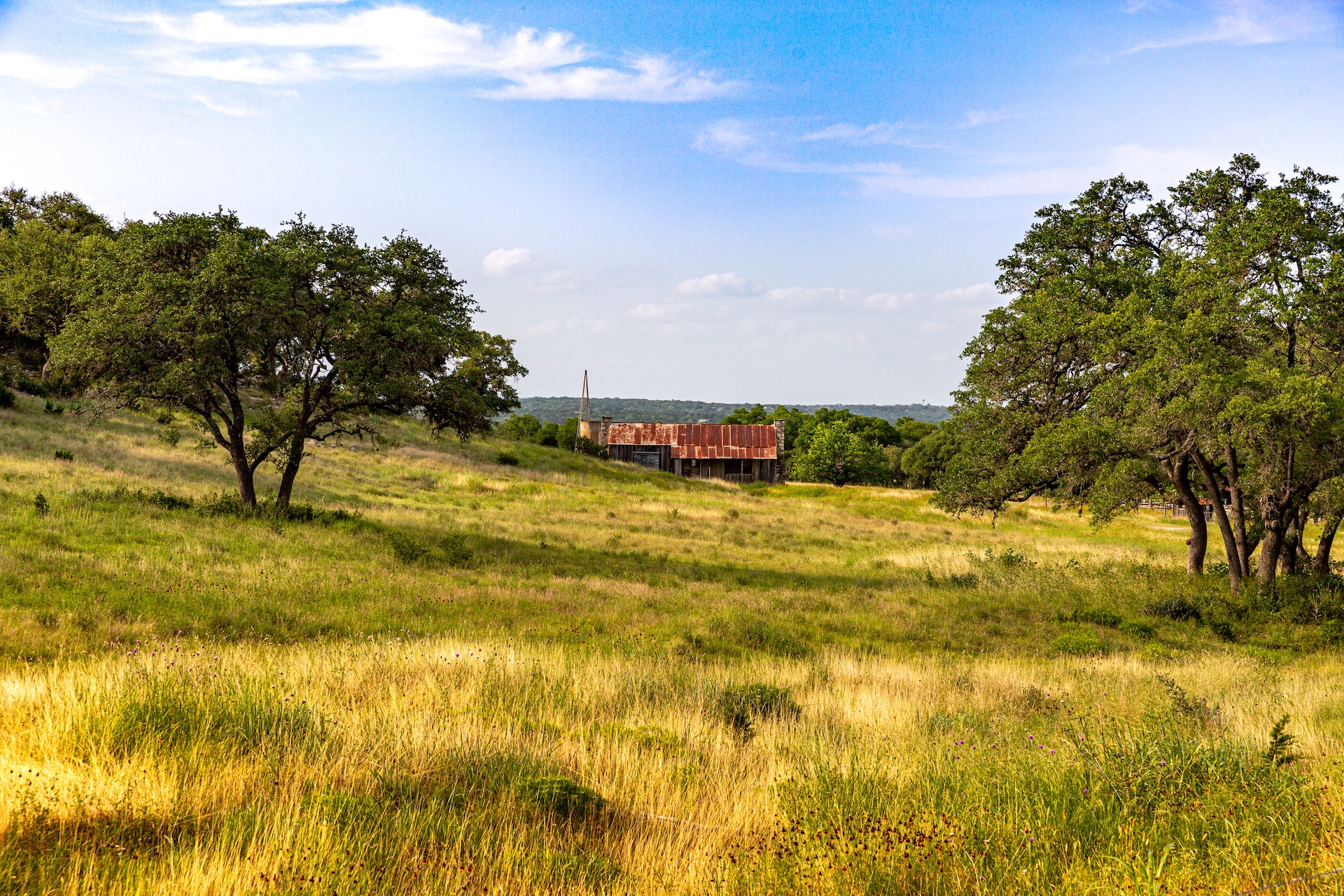
Best spots to go
Texas Hill Country
After chatting with Robyn and our in-house travel experts, we've determined Texas Hill Country is going to be the ideal location, and what better excuse to plan a little road trip through this incredible region of the US than the eclipse?
A couple of notes: Plan to arrive a few days early and leave a day after. People in Austin, San Antonio and even Dallas will try to drive out into the country on the day of the eclipse and the traffic will likely be horrendous.
And if you’re looking for a party to accompany your celestial adventure, Reveille Peak Ranch just outside Burnet is hosting a Texeclipse Music Festival. With hiking and mountain biking on the grounds, and lots of space to set up and watch the main attraction, this seems like a great place to pitch a tent or take your RV.
Indianapolis, Indiana
Indianapolis sits very near to the center of the path of totality, and this under-the-radar city offers a great weekend getaway. With an energetic food scene, wonderful walking and biking trails and a lovely art museum, there is plenty to do to make a little trip out of it. Not to mention there are a number of day trips that will take you out of the city for the eclipse (Bloomington is even closer to the center line). Again, you may want to be out of the city ahead of the big day due to traffic.
If you want to join a crowd (and we recommend that you do) Purdue University is partnering with NASA to host a viewing event at the Indianapolis Motor Speedway. Experts will be on hand to answer questions and there will be a variety of other eclipse-related events to get you excited about the main attraction.
Little Rock and Hot Springs, Arkansas
This is where my daughter and I have decided to plan our trip – we have friends in Little Rock, and we love Hot Springs. The town is home to one of the more unusual national parks around, and it has a lot to do for our family – plus, it's all within driving distance for us.
Here you'll find a great science and nature museum, the Mid-America Science Museum, where kids can spend hours playing with their interactive exhibits. The Garvan Woodland Gardens is hands down one of our favorite places to spend an afternoon, offering a great lake in the area for paddleboarding, pontoon boating and all sorts of fun activities. And Hot Springs National Park itself features incredible bathhouses built between 1832 and 1923; their history, coupled with the natural wonders that surround them, makes for a great way to experience this really fascinating region.

What to bring
Don’t forget your glasses – and we don't mean your regular sunglasses. You'll need special solar glasses that filter out eye-damaging rays, and you should order them from a reputable dealer well in advance. Higdon recommends ordering from Rainbow Symphony or Lunt Solar Systems. Most of the ones you find on Amazon haven't been properly vetted, and “fake” solar glasses could lead to eye damage. “When you put them on, the only thing you should be able to see is the sun,” Higdon says.
She also suggests bringing a colander with large holes, or making a pinhole viewer. These devices show off the amazing crescent-shaped shadows that eclipses create, but don’t spend too much time doing that and miss looking up!
What to expect
While totality lasts only four minutes, watching the moon move to cross the sun is part of the experience. As the moon shifts into place, the sun shines around its topography, creating a light effect that looks like little beads or diamonds on a ring. They call this phenomenon Baily’s Beads.
And in 2024 the sun’s 11-year cycle is coming to solar maximum, making this a particularly interesting year for solar flares, which are visible as bright pink.
When the sun’s light is covered and the stars begin to come out, you’ll see a very different sky from the one you could see later that evening. In some places you’ll be able to see planets you can’t normally see at night, so make a plan to look and then go back and look again after dark.
Unless you are an avid photographer, put your camera and phone away. There are much better photos to be found online, and being present for this is really special.

